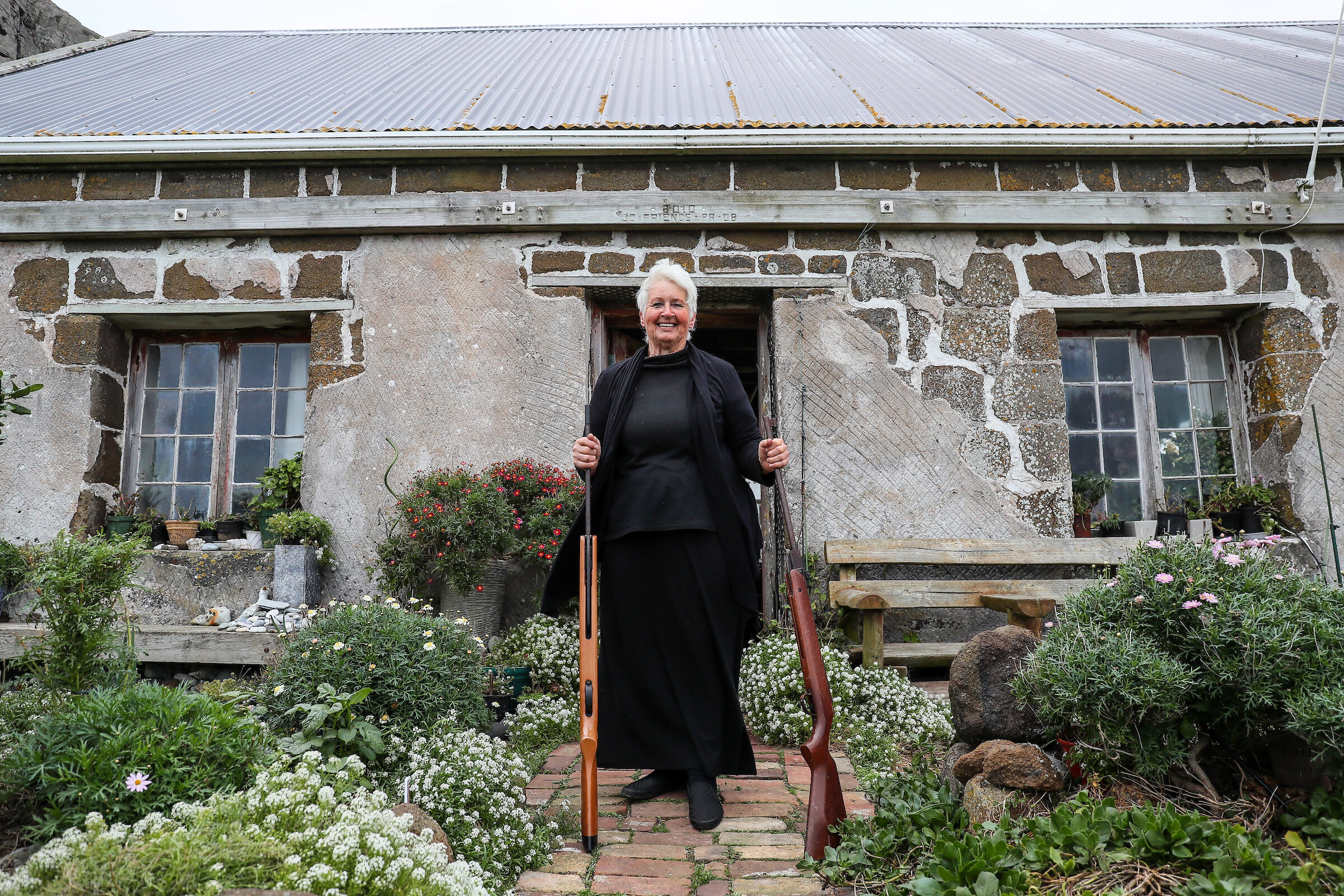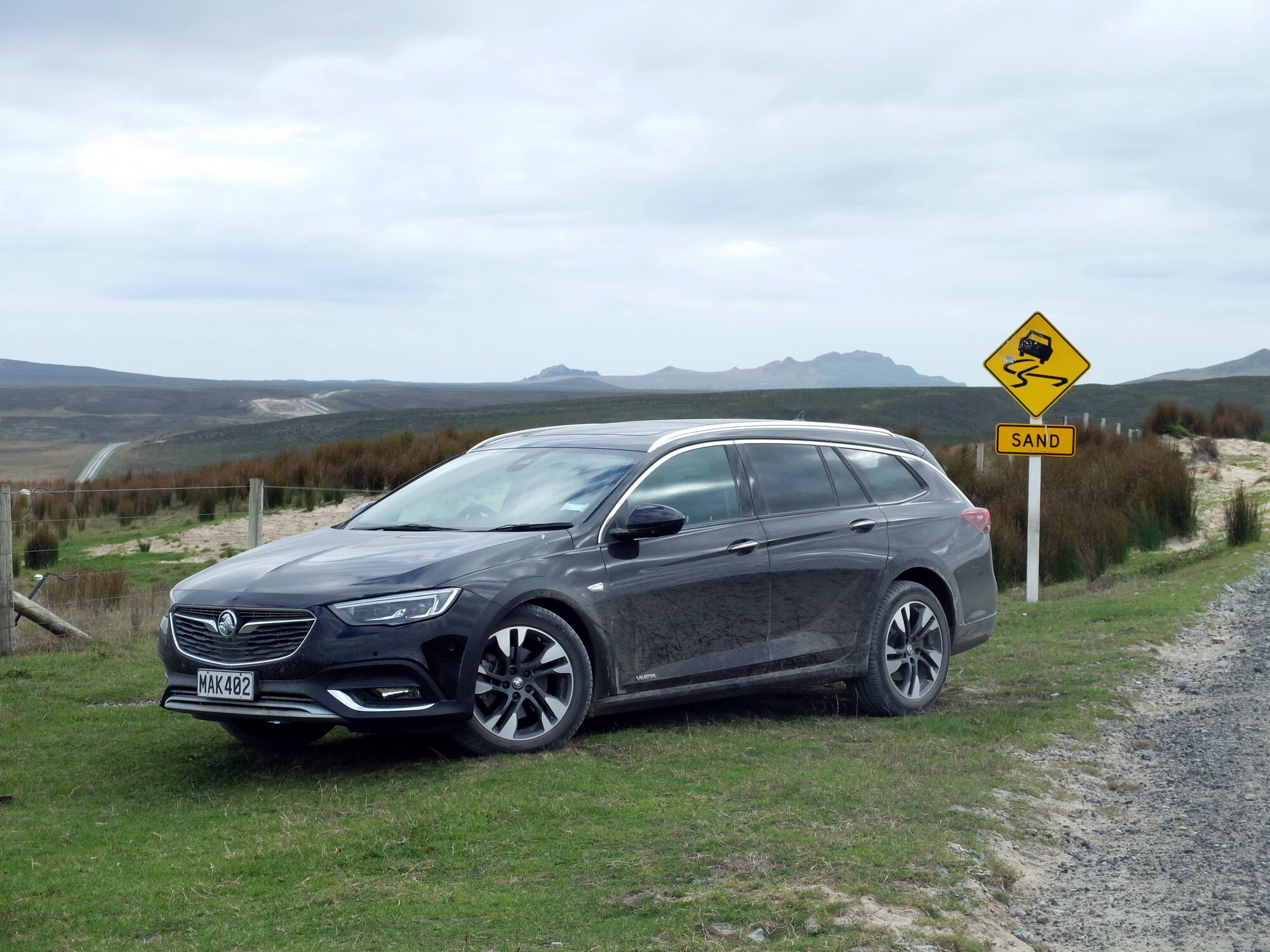Lion-spotting on a Chatham Island safari
/The part of New Zealand relatively few Kiwis get to see offers everything you expected. And didn’t.
COMMODORE stops beside a flock of emu – what’s so weird about that?
Only that this classic Aussie bumper-to-beak moment was on a tiny dot in the Pacific, 800kms east of Christchurch, next stop South America.
So many surprises in a place where life is lived at a 45-degree angle when the south westerlies whip with enough ferocity to render a $27 million wind farm an utter folly.
The world’s highest concentration of Harley Davidsons per capita? It’s here. (The big thrill is to blast up and down the local runway). What’s that up in the hills? Rocket Lab’s launch monitoring station. Those Outback avians? Failed farming venture.
Now another box ticked for Chatham Island – Rekohu (misty sun) in the indigenous language - and the biggest landmass in the archipelago of the same name: A motoring media event.
Holden’s breakthrough sports utility show-off in May of 2019 required huge planning and a big cojones spend.
Everything save drinking water is brought to this place by air, a two-hour flight, or sea, a three-day voyage. A seat on the reassuringly well-kept Air Chathams Convair 580 is equivalent to a transtasman spend. Getting the vehicles across? Locals say its $3000 a pop – one way. The attendee count was way too big for a single event, so split into three groups. Yet we still pretty much took over the hotel.
Big effort? Yes. Worth it? Totally.
This home to just 600 people best known for its fishing (which provides a third of employment and contributes half the islands’ $46m GDP) is, from my experience, alluring for its great scenery, intriguing history and fabulous people.
We met Helen, who in late life has returned to the place she grew up in, a 150-year-old cottage hand built by Lutheran missionaries who failed to convert anyone. Val, who when running the only hotel banned a patron for spilling the score of a pre-recorded rugby match ahead of screening. His daughter Toni, current publican, our guide, and total Chathams’ champion. Her pooch Pippi, who became a pet having been hired as the place’s first and only drug dog on strength of locating marijuana and methamphetamine in an aircraft then promptly fired for having straight after depositing something of her own in the cockpit.
On arrival it’s apparent a place that asks you set your clock to local time (45 minutes off NZ) also requires a mind check change as well.
These are people who speak of the mainland as somehow being a different country, call themselves Wekas rather than Kiwis and like to say their place is like ours was 30 years ago, maybe to excuse it lacking much we take for granted.
Sealed roads, banks, a vet, radio stations, a cellphone network, Uber? Not here, mate. Necessities are minimised: One cop, one doctor, one garage, one hardware store, one pub.
A spirit of self-sufficiency that sees a tractor run with parts from a retired Fokker Friendship and the pub looking into home-brewing would surely strike subliminal familiarity for Holden. It’s just as much a battler.
Prospect of seeing latest product raised interest, though locals were picky. Toughness and practicality rate highly here, yet another factor placed the Trailblazer above Equinox, Trax, Acadia and Commodore Calais Tourer.
Diesel is the life blood required by the power plant and most vehicles. Though petrol cars are seen, at $3.30 a litre (for 91 octane), against $1.80 for the black stuff, it’s an extravagance. The pub worker whose EA Falcon reputedly has a $200 a week addiction might like to know the Tourer cost $4 more to fully refill and blew out to a 13.2 L/100km return.
In defence of the Commodore, I’d admit it was hard to hold back fully enjoying what was cited to be the first of its kind out here. Also, a complete exploration of the road network impressed how deceptively large this place is, 90,000 hectares of land ringing a lagoon the size of Rarotonga.
Holden’s sole elevated, all-wheel-drive V6 wagon is a great gravel express, but requires additional ground clearance and an off-road mode to achieve access-all-areas ability. A nudge bar would be good too. Not to fend off the famously feral pigs. The cows and sheep are almost as belligerent.
But it got us along beaches and across bumpy paddocks, even up the well-named Horrible Hill, an awesome viewing spot, and out to Maunganui stone cottage and, at the other end of the island, a remnant stand of kopi (karaka) trees.
Both legacies to incredible hardship and unwavering hope. Built as a mission station, the isolated cottage is home of Helen Bint, who lives happily without running water or electricity and who made international news discovering fossilised sponges when beach fossicking.
The trees bear dendroglyphs, carved designs up to 300 years old and under threat. These were rendered by Moriori, hunter-gatherers who eked existence in a place too cold to grow traditional Polynesian vegetables. Their undoing was determined allegiance to something we all aspire to: A peaceful life. They were all but wiped out in 1835; a tragedy that haunts this place.
At time of visiting, it seemed obvious Commodore was fighting for survival. Now we know not only it is a goner, but so too Holden itself, the latter falling vitim to General Motor’s out-of-the-blue decision to curtail every right-hand drive programme save Corvette.
Holden NZ subsequently shipped its vehicles back to the mainland and I guess all have since been sold off.
In a way, it seemed a pity that Commodore couldn’t have remained in its last new territory. This place would be a good spot in which to finish its days, for simple reason it would have been in the company of other last-of-line icons unlikely to ever leave.
Among wrecks littering Port Hutt is the Thomas Currell, the final example of a fleet of historic WWII minesweepers, whose final role was as cray boom freezer ship. Down the road, a Sunderland flying boat which first flew here in 1942 and became a permanent resident in 1959, a write-off having hit a rock during take-off.
The shed in which you can visit to view the fuselage, once home to chooks and now under restoration, looked plenty big enough for a landmark Holden.






















